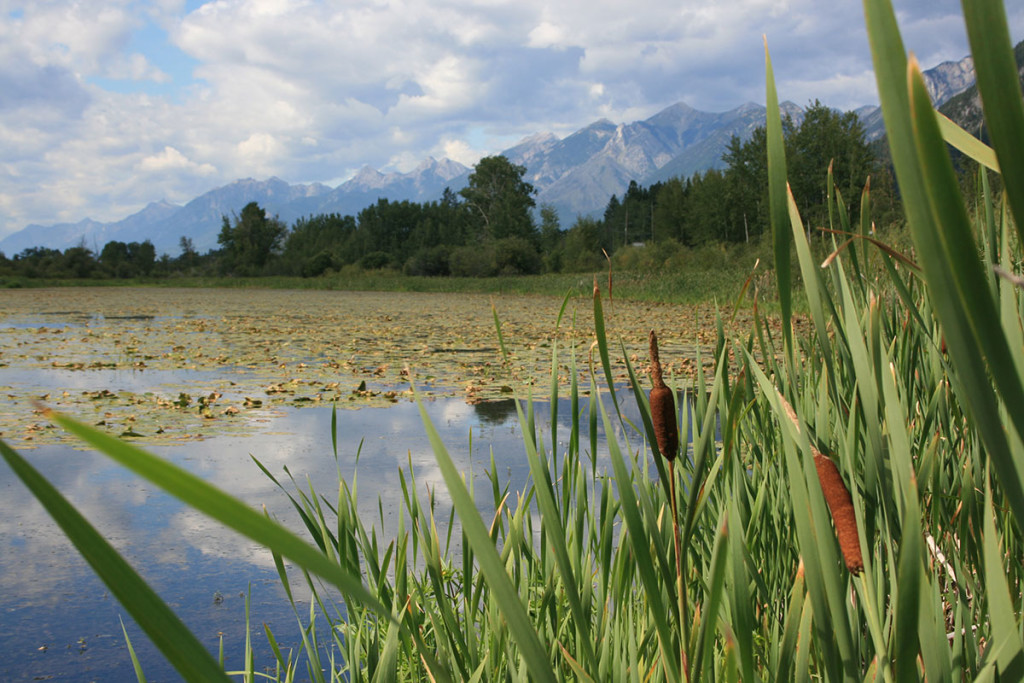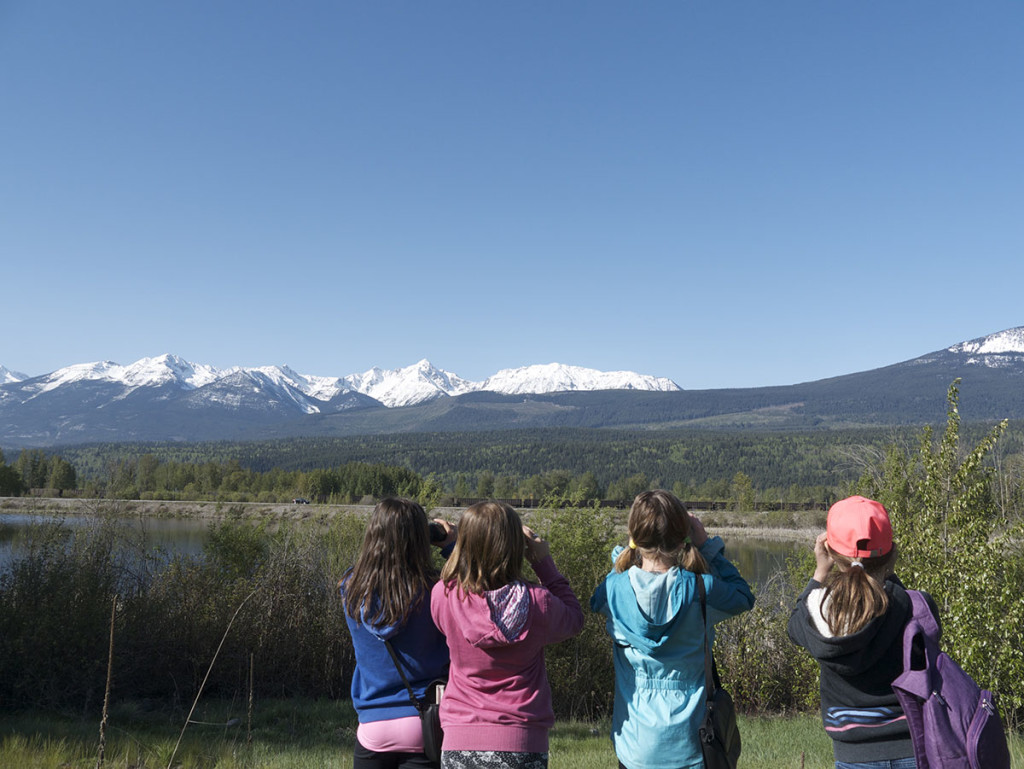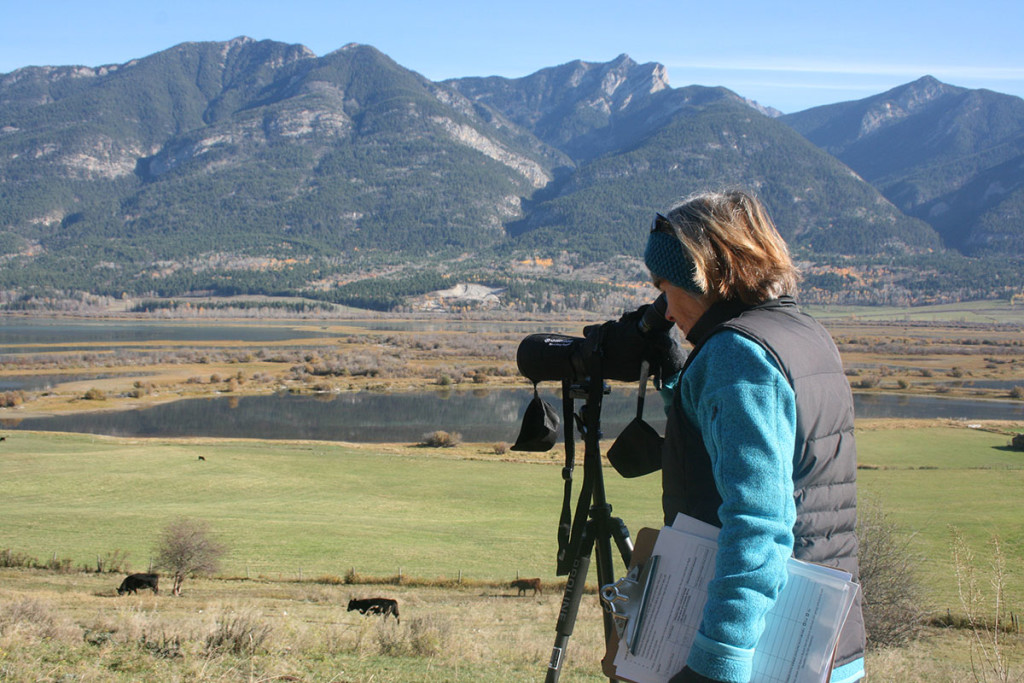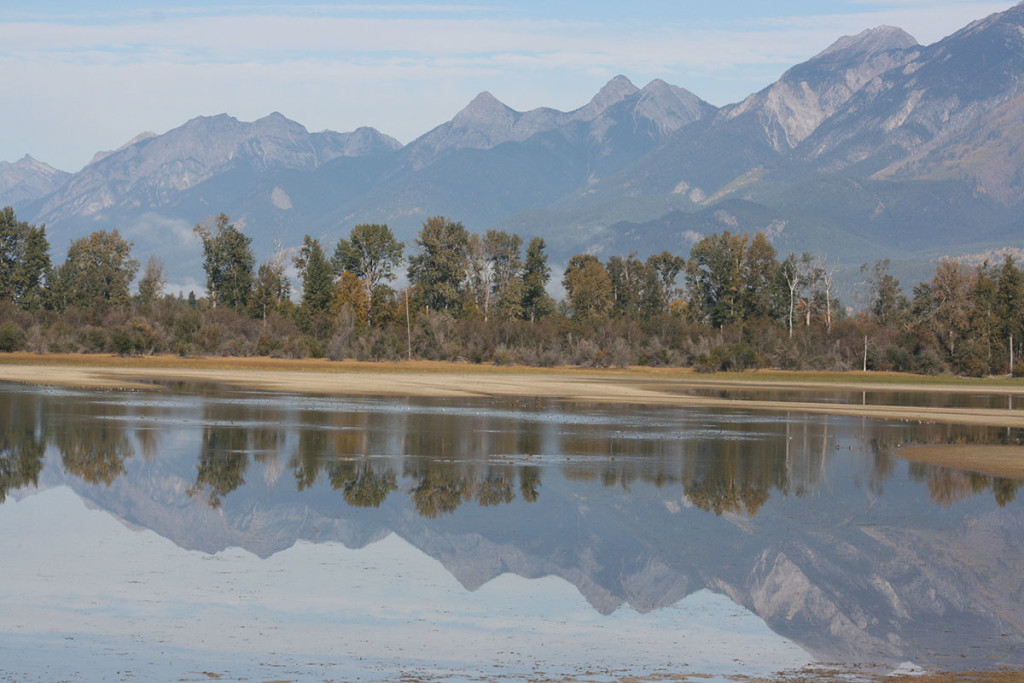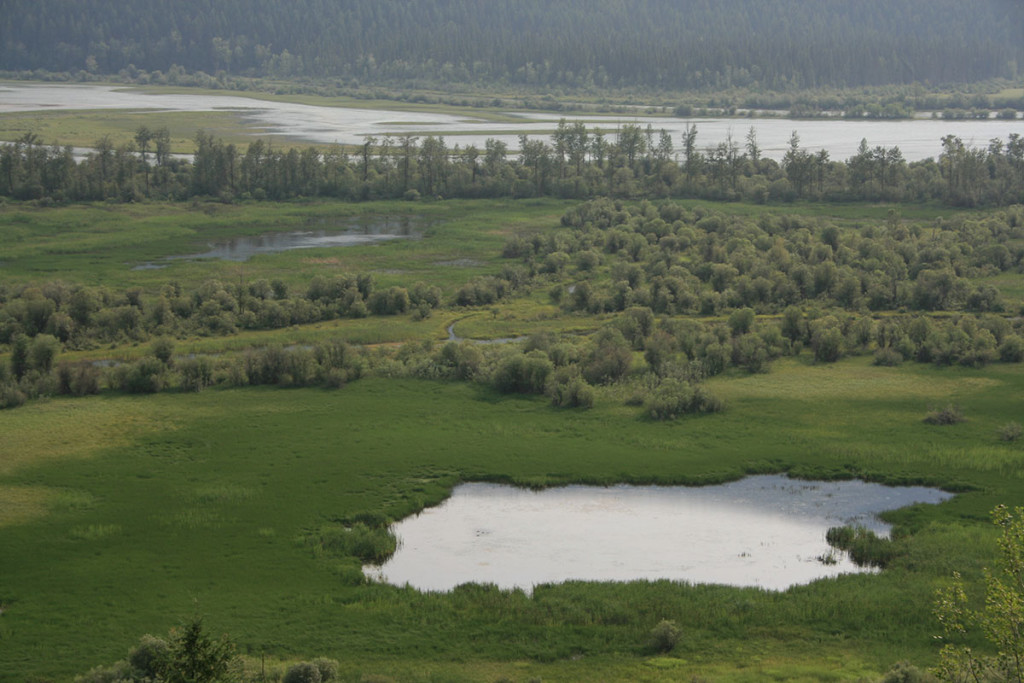Inspiring science
Story and Photos by Rachel Darvill
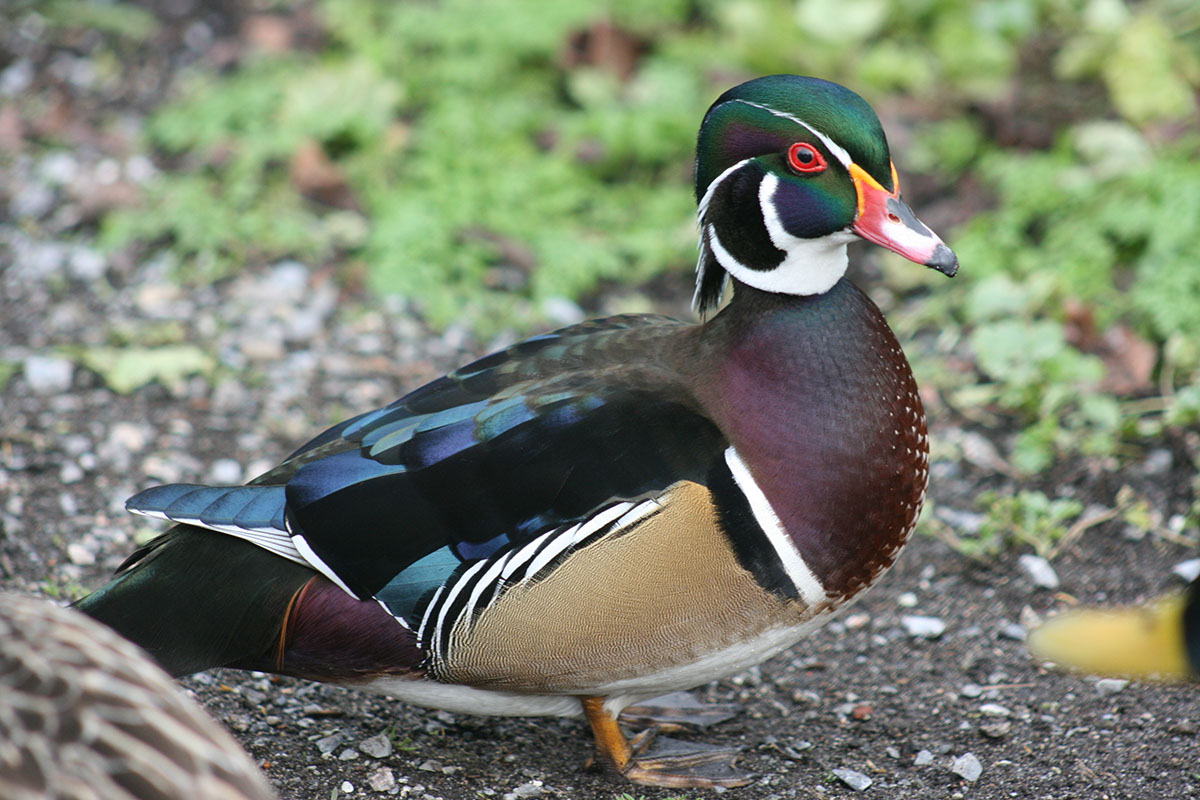 With a spotting scope, binoculars and notebook in their pocket, a pair of volunteers slowly walk to their observation point in the cold misty light of spring. Quiet so as to not disturb the waterbirds, the volunteers set up their spotting scope to count and identify the birds they have found resting near the shoreline. In the distance, they spot the magnificent colours of a wood duck pair migrating north and record the sighting in their notebook. With so many birds, the identification and counting of birds is tricky for the citizen-scientists, with some unknowns noted far off in the distance. But there is no question that being out here in this unique habitat full of life and wonder makes it clear that real protection is needed.
With a spotting scope, binoculars and notebook in their pocket, a pair of volunteers slowly walk to their observation point in the cold misty light of spring. Quiet so as to not disturb the waterbirds, the volunteers set up their spotting scope to count and identify the birds they have found resting near the shoreline. In the distance, they spot the magnificent colours of a wood duck pair migrating north and record the sighting in their notebook. With so many birds, the identification and counting of birds is tricky for the citizen-scientists, with some unknowns noted far off in the distance. But there is no question that being out here in this unique habitat full of life and wonder makes it clear that real protection is needed.
In the Rocky Mountain trench of Southeastern BC lays the headwaters of the mighty Columbia: the Columbia Wetlands, which stretches 180 km from Canal Flats to Donald. It has already been designated as a wetland with Ramsar status (wetland with international significance) and most of the ecosystem is managed as a Wildlife Management Area (under the provincial government), with four smaller National Wildlife Areas and quite a bit of private land. Although widely recognized as providing significant habitat to birds for breeding, feeding, staging and resting, a recent application to nominate the Columbia Wetlands as an Important Bird Area (IBA) was unsuccessful due to lack of data on bird populations. The Canadian IBA program helps identify critical bird habitats in Canada so that conservation work, like habitat enhancement and restoration, has the most impact.
With the goals of collecting baseline bird data and engaging people in the wetlands, the Columbia Wetlands Waterbird Survey was initiated by Wildsight Golden in 2015. Volunteers headed out in droves – fifty people participated in the surveys in year one. Even with heavy morning winds dulling the bird calls in the spring and pea-soup fog blanketing the wetlands during the fall, volunteers counted over 14,000 birds in the spring and nearly 40,000 birds in the fall. Additionally, Wildsight Golden took 133 elementary school students outside for birdwatching field trips, 46 high school students participated in the surveys and nearly 440 people of all ages and diverse backgrounds became involved with the Waterbird Survey through educational opportunities.
Surprisingly, few bird surveys have been conducted in the Columbia Wetlands and much of the available data is extremely dated. Counting and identifying birds over a large landscape is challenging. But, with such enthusiastic volunteers Wildsight Golden is collecting valuable baseline data, crucial for potential IBA status as well as for other potential conservation measures. The hard work of citizen-scientists is crucial to the success of the Waterbird Survey. Through engaging local citizens of all ages and backgrounds, people are becoming more connected to not only birds, but to the incredible biodiversity found within the Columbia Wetlands.
For nearly 30 years, Wildsight Golden has been working to maintain biodiversity and healthy human communities in their little corner of the world, leading to a number of community-based environmental programs, such as water quality monitoring, invasive plant programs, riparian restoration, food security and outdoor field trips for kids. With Program Biologist Rachel Darvill at the helm, year two of the Waterbird Survey will include an aerial swan survey, six surveys conducted during migrations, and extensive community outreach and education with people of all ages, including an expansion of the school-aged programs. Last year the Columbia Wetlands Waterbird Survey was funded by the Columbia Basin Trust, Columbia Shuswap Regional District, Regional District of East Kootenay, and the Vancouver Foundation – Stewart Fund.



